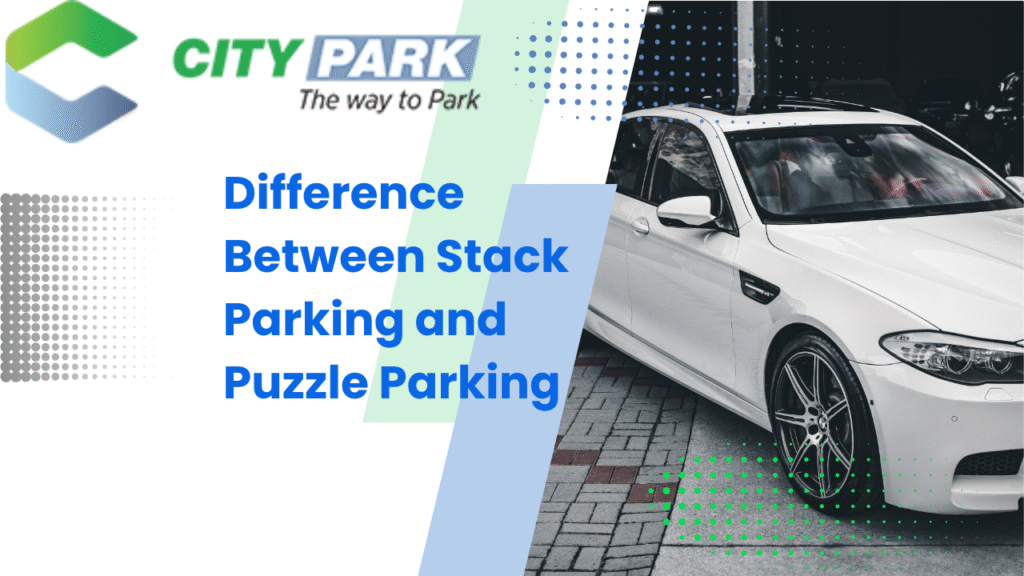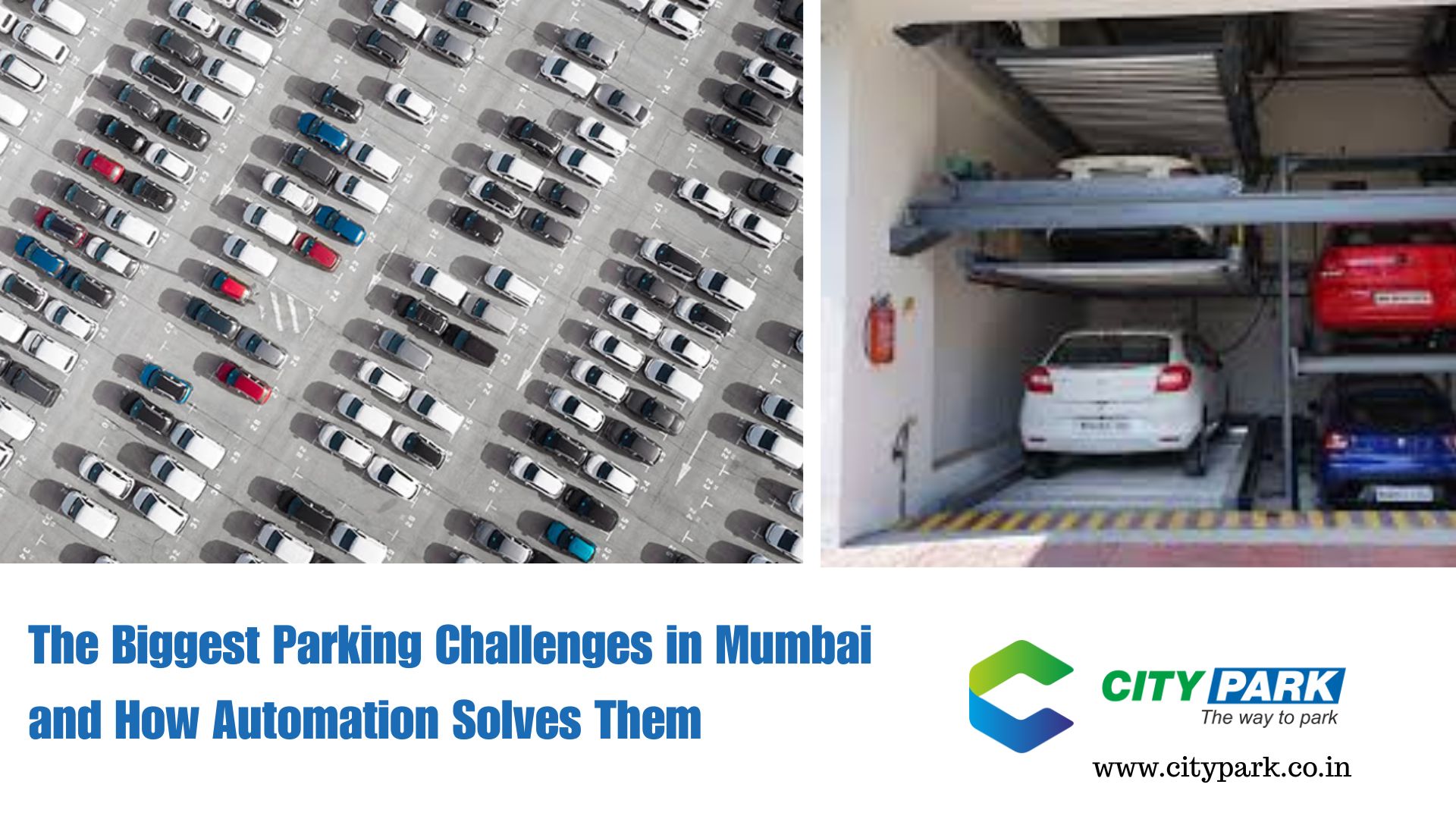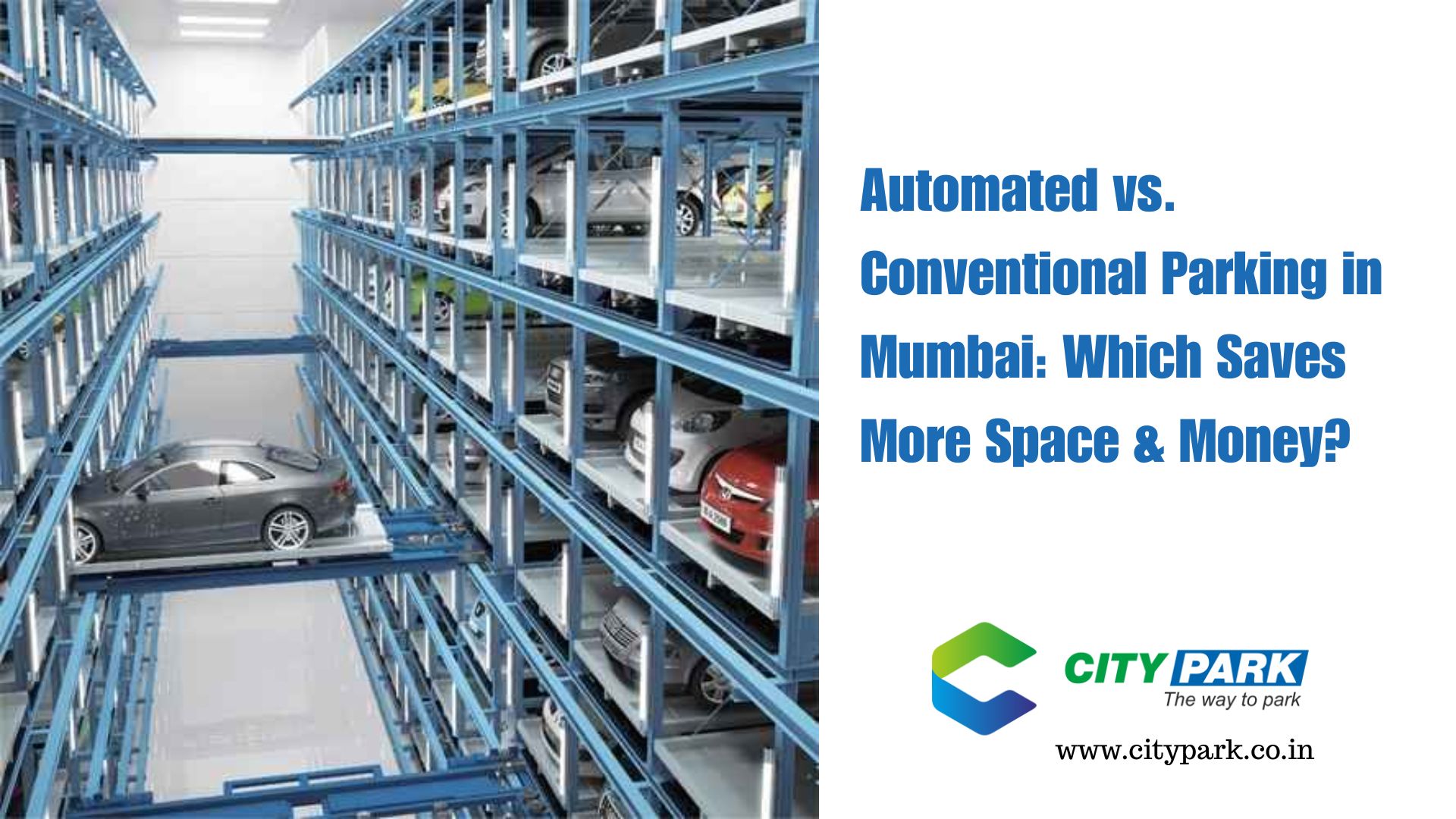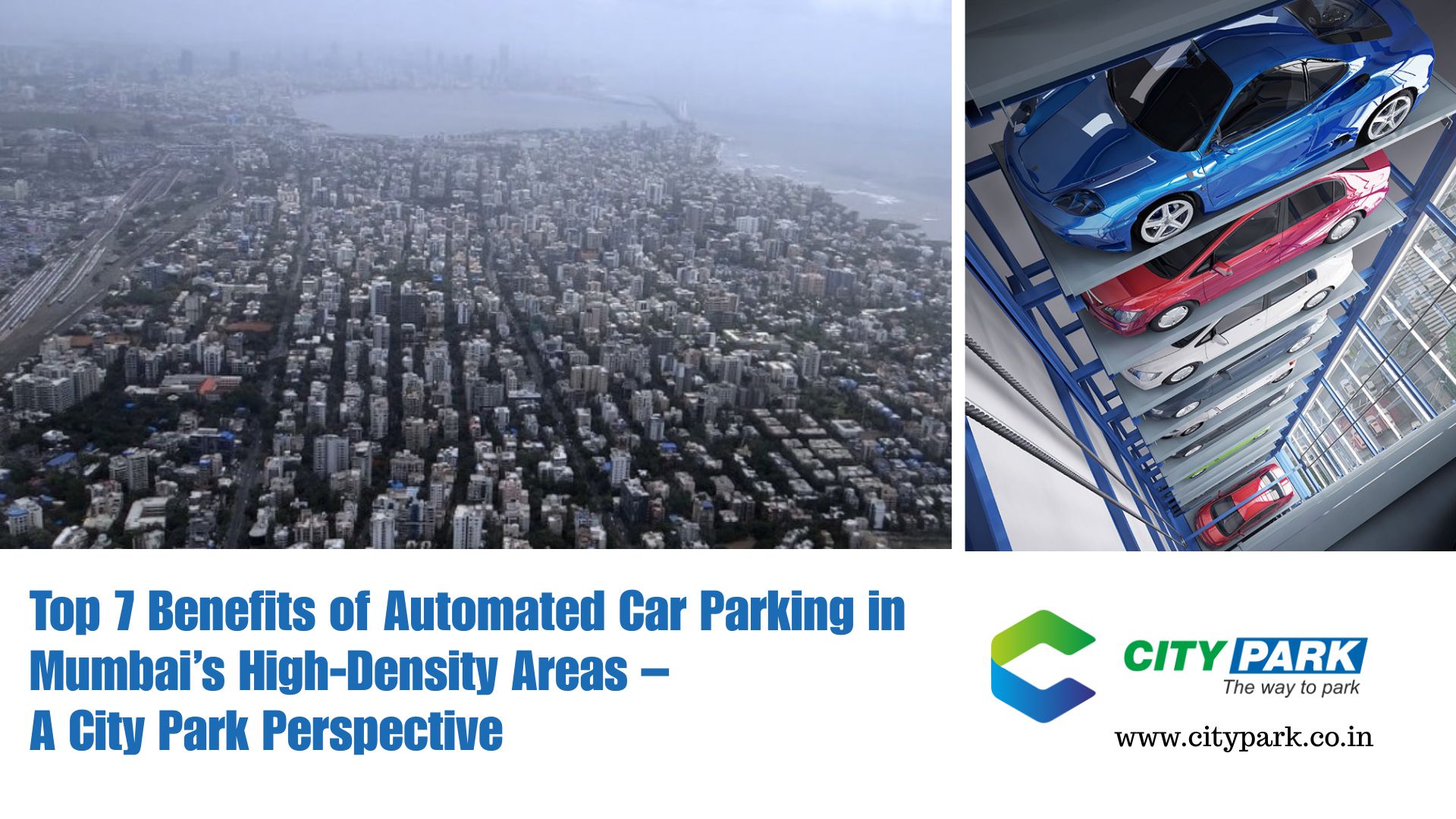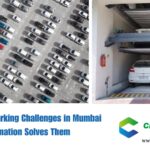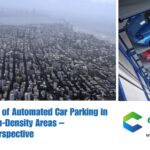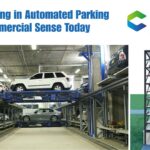Urban centers face a growing challenge: limited space for a rapidly increasing number of cars. As real estate becomes scarce and expensive, smart parking solutions like stack parking and puzzle parking are becoming essential especially in cities like Mumbai. However, many building owners, developers, and vehicle owners struggle to choose between the two due to a lack of clarity about the difference between stack parking and puzzle parking.
In this article, we simplify the comparison to help you decide which system is best suited to your residential or commercial project. We’ll walk through their mechanisms, dimensions, benefits, limitations, and ideal use cases.
What Is Stack Parking?
Stack parking is a mechanical parking system that vertically arranges cars in two or more levels. A hydraulic lift is used to raise one car so that another can be parked underneath it.
Example: Picture a ground slot where one car is lifted above and another parks below. To take the top car out, the bottom one must be moved.
Stack Parking Meaning (Keyword)
It refers to a space-saving parking method where vehicles are parked one above the other using a lifting system. It is commonly used in residential buildings and commercial plots with limited parking areas.
Stack Parking Dimensions in India
- Width: 2.4 – 2.6 meters per car
- Height: 3.2 – 3.6 meters (for two levels)
- Depth: 4.8 – 5.2 meters
Always verify local municipal clearance requirements before installation.
What Is Puzzle Parking?
Puzzle parking is a semi-automatic system where cars move both vertically and horizontally within a grid to optimize space. You don’t have to move other cars to access your own, as the system automatically shifts cars around.
Example: Think of a 3×3 matrix where vacant spots help move cars around. It’s similar to sliding puzzle games.
Puzzle Parking vs Stack Parking (Keyword)
Puzzle parking doesn’t require one car to be removed to access another. It is more efficient for high-traffic areas and commercial buildings, whereas stack parking is better suited to low-turnover places like private residences.
Puzzle Parking Dimensions
- Width per module: 2.5 – 2.6 meters
- Height: Can go up to 4–5 levels (6.5 to 10.5 meters)
- Depth: Usually similar to stack, but varies by number of cars in grid
Puzzle Parking vs Stack Parking: Feature Comparison
| Feature | Stack Parking | Puzzle Parking |
| Mechanism | Vertical lift | Horizontal + vertical movement |
| Space usage | 2 cars per bay | 6+ cars in compact grids |
| Access time | Manual removal | Automated adjustment |
| Installation cost | Lower | Higher |
| Maintenance | Lower | Moderate to high |
| Ideal for | Residential buildings | Commercial buildings, malls |
What Is the Main Difference Between Stack Parking and Puzzle Parking?
Stack parking is simpler and uses a hydraulic lift to stack vehicles vertically. In contrast, puzzle parking uses a system of platforms that shift both vertically and horizontally to retrieve the required vehicle without moving others.
Advantages and Disadvantages of Stack Parking
Pros
- Lower cost
- Easy to install
- Best for buildings with limited vertical clearance
Cons
- Lower vehicle throughput
- Manual coordination required to remove vehicles
- Time-consuming in high-traffic zones
Advantages and Disadvantages of Puzzle Parking
Pros
- High vehicle throughput
- Fully automated access
- More efficient use of floor area
Cons
- Higher initial investment
- More moving parts = more maintenance
- Needs regular service checks to avoid downtime
Where Are These Systems Commonly Used?
Stack Parking Use Cases
- Housing societies
- Villas or bungalows with vertical space
- Private office premises
Puzzle Parking Use Cases
- Shopping malls
- Airports
- Hotels
- Hospitals
- Residential complexes with heavy car movement
Automatic Car Parking System: Is Puzzle Parking a Better Fit?
Puzzle parking is more aligned with the concept of automatic car parking systems due to its automated shifting and multiple access points. It’s ideal for locations where speed, automation, and user convenience are priorities.
Tower Car Parking System vs Stack Parking
Tower parking is a fully automatic vertical system storing 10+ vehicles in a tower-like structure. It offers much higher capacity than stack parking and suits locations with minimal land but high car volume—like Mumbai city centers.
Use Cases:
- Tower Parking System in Mumbai
- Cart Car Parking Mumbai (compact verticals with cart-based lifts)
Key Takeaways
→ Stack parking is best for low-turnover places needing simple vertical stacking.
→ Puzzle parking fits commercial settings requiring quick access and better space efficiency.
→ Stack parking requires manual operation; puzzle parking automates vehicle retrieval.
→ Puzzle parking handles more cars per square meter.
→ Costs are higher for puzzle systems, but returns come from greater convenience and usage.
→ Tower systems surpass both in terms of capacity but need significant budget and permissions.
Referenced from: National Parking Association, Mechanical Parking Guidelines by MCGM (Mumbai), and insights from CityPark India.
How CityPark Solves the Parking Puzzle
Whether you need a tower parking system in Mumbai, a stack solution for your housing project, CityPark specializes in custom parking solutions based on land shape, budget, and traffic. or puzzle parking for a mall, we’ll analyze your space and provide the right system with timely installation and after-service.
Contact us today to book a site analysis and quotation.
Frequently Asked Questions (FAQ)
Q1: Which is cheaper—stack or puzzle parking?
Stack parking generally costs less because it has fewer moving parts and lower automation. Puzzle parking justifies its higher cost in high-traffic zones due to its efficiency.
Q2: What are the ideal dimensions required for stack parking in India?
Typically, 2.4–2.6 meters in width, 4.8–5.2 meters in depth, and around 3.2 meters in height for two-level stacking. Always check your local authority’s standards.
Q3: Can stack or puzzle parking systems be retrofitted in old buildings?
Stack systems can be installed more easily. Puzzle systems need larger clearances and grid-based layouts, making them more suited to new constructions or major renovations.
Q4: How often do puzzle parking systems need maintenance?
They require scheduled monthly or quarterly servicing due to more moving parts. Service support should be part of your vendor agreement.
Q5: Is tower parking better than puzzle or stack systems?
Tower parking systems handle more cars and need less land, but they come with high upfront costs. Choose based on your site constraints, budget, and expected traffic.
Q6: Are parking systems safe during power cuts?
Most systems have backup power or manual override. It’s essential to confirm this before purchase, especially in cities with load-shedding issues.
